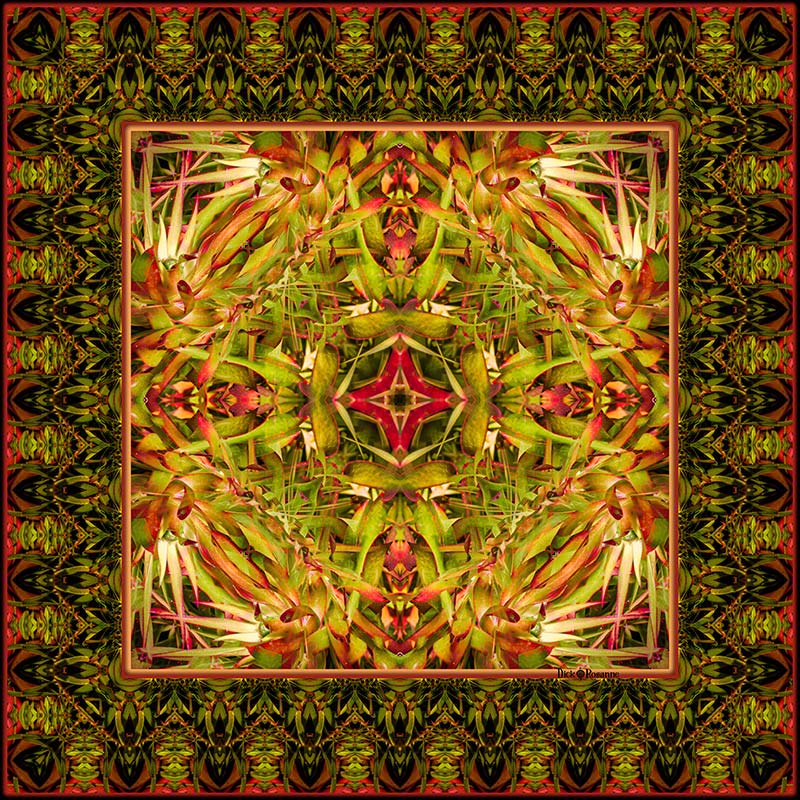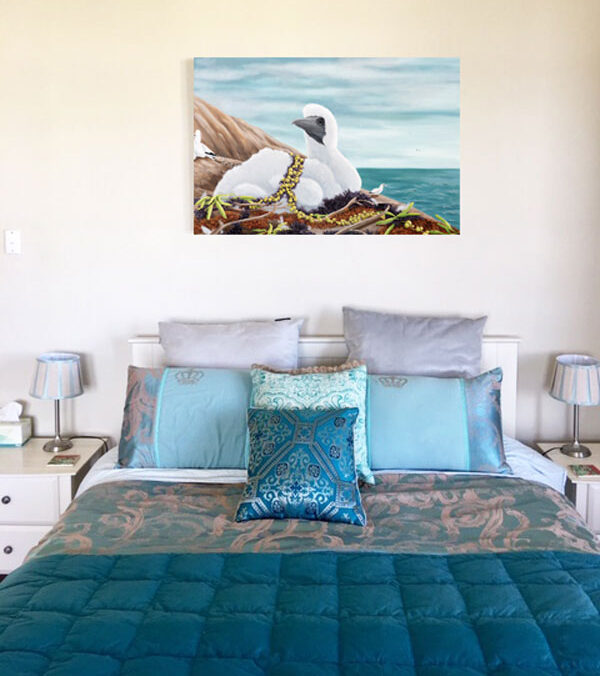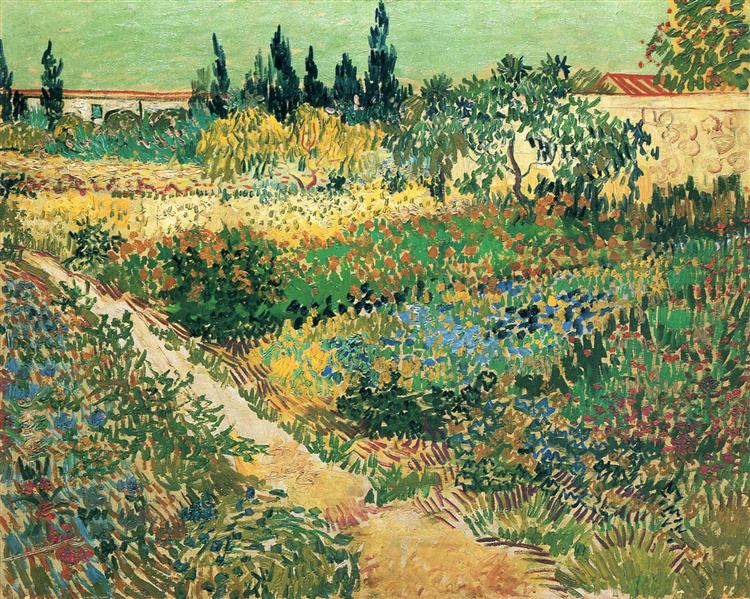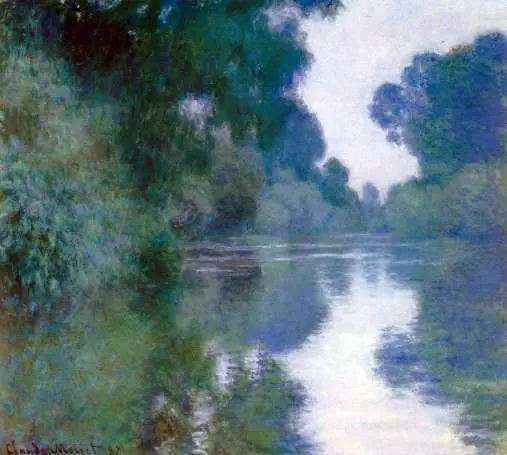First, An Introduction Into The History of Feng Shui
Feng Shui is an ancient art and science that originated more than 3,000 years ago in China. Some elements of Feng Shui practice date back at least 6,000 years, and it contains elements of various branches of scholarly study, including physics, philosophy, astronomy, and astrology. Translated to English, feng means “wind” and shui means “water.”
In Chinese culture, wind and water are associated with good health and good Feng Shui is associated with good fortune. Feng Shui is also related closely to the Taoist vision and understanding of nature and the notion that the land is alive and filled with chi (Qi) or energy. Chi is known as “The Dragon’s Cosmic Breath”.

There are many practitioners of Feng Shui who apply the principles as the art of placement and the placement of art. Based on the belief that as humans we are connected to the space we occupy, understanding how the placement of yourself and the art objects within your home and office may have a positive affect in various areas of your life. The converse is also true: bad Feng Shui can lead to negative energy.
Art and Healthcare: As you can imagine, Feng Shui principles can be useful tools when selecting art for hospitals and other healthcare facilities. Art consultants focus on selecting art that provides a sense of peace and harmony for patients, staff and visitors alike.
How Can You Use Feng Shui in Your Home?

With even the most simple, basic knowledge of Feng Shui energy you can choose art according to the energy you need, such as soothing and sensual in the bedroom, as shown above. You can select art that is more active and vibrant in the living room or office.
The BaGua Map
Feng Shui divides our lives into nine different areas of aspiration. collectively they form the Feng Shui energy map known as the BaGua. These areas are: Wealth & Blessings; Fame & Reputation; Love & Relationships; Ancestors & Family; Health & Well Being; Children & Creativity; Knowledge Career & Life Path; and Helpful Friends & Travel.
There are two different approaches to using a Bagua Map. The traditional (or compass) Bagua Map uses a compass to determine the different areas of the home. The front door method, aligns the bottom of the bagua map with a home’s front door.
The BaGua can also be used to show which areas of a building (your home or office) relate to each aspiration by overlaying the BaGua on a plan of the building. The position it is placed in, on top of the building plan depends on the buildings location and compass direction.
Using colors, images and objects in the right location within your home in alignment with the BaGua will support and enhance that aspiration.
What is Feng Shui Art?
Each area of the BaGua is associated with particular elements, colors and images. A lot of the Feng Shui BaGua philosophy matches our western view of what colors and images mean to us. We now have a greater understanding of how color affects our emotions and how the images we see every day can change how we feel in a positive or negative way.
For example, yellow makes us think of sunshine and so it feels cheerful and warm, red is energetic and passionate and pink is romantic. Joyful images which make us smile, lush landscapes which inspire and our favorite colors are uplifting.
Feng Shui Art uses the colors and images associated with a specific area of aspiration to create positive energy for the viewer.

Feng Shui Career & Life Path Aspiration
Looking in more detail at one area of the BaGua; ‘Career & Life Path’, an image which is very helpful for this aspiration is of a pathway. Pathways are a powerful symbol in Feng Shui paintings, they support your connection with nature and can represent a smooth flow of energy from the present to the future along your career or life path.
More Fascinating Facts About Feng Shui…
How to Use Art to Eliminate Stress: In an article in The New York Times, Wei Dong, a professor in the School of Human Ecology at the University of Wisconsin-Madison, emphasized, “Good feng shui means being in harmony with nature, or your environment, your mind and your soul… He advises us, if you’re stressed, in Feng shui terms, you have too much fire in your life. Since water puts out fire, you’ll want to seek out the tranquillity of nature and water.

To this point, if you want to eliminate stress from your life it would be well advised to choose art that contains water elements, like this painting by Claude Monet.
About Yin and Yang: Feng Shui experts refer to Yin and Yang. What does this mean? According to wikipedia, Yin and Yang is a concept of dualism, describing how seemingly opposite or contrary forces may actually be complementary, interconnected, and interdependent in the natural world, and how they may give rise to each other as they interrelate to one another.
In Chinese philosophy, Yin represents stillness and Yang means movement. So, an artist who may want to use the principles will incorporate a balance of Yin and Yang through line, color and composition.


Wonderful article! I love Julia’s beautiful, soothing art. Enjoyed reading the interesting information about using feng shui in art.